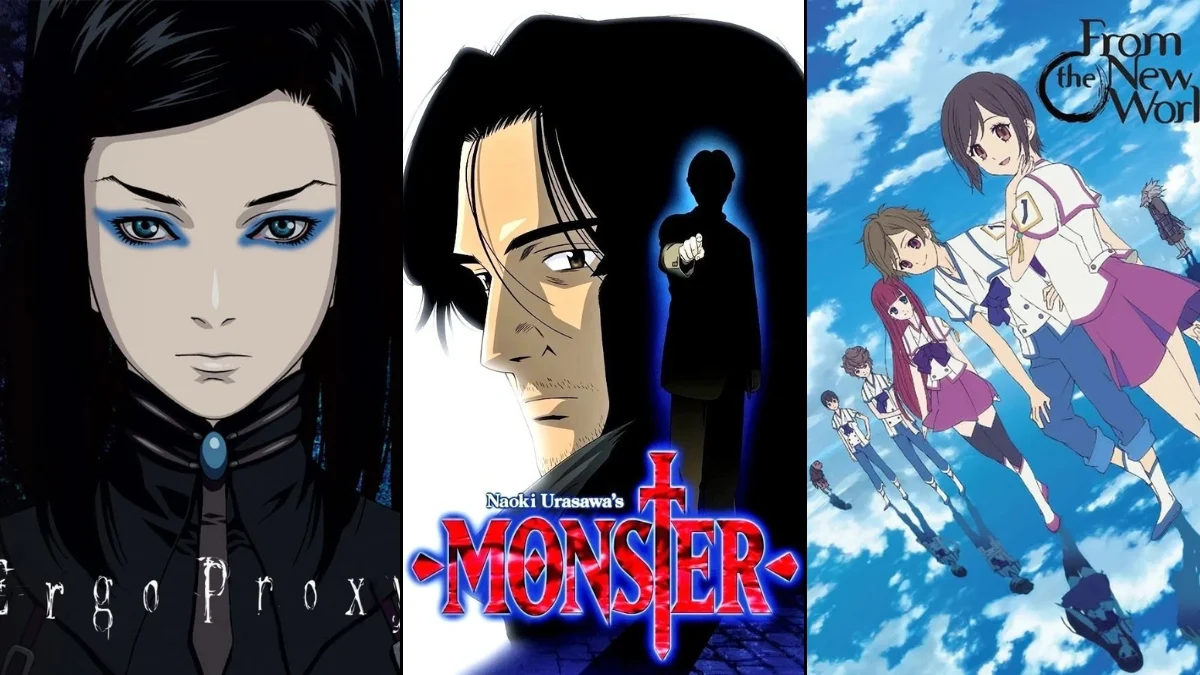
I’ve really gotten into slow-burn anime lately, and I love how they build things up gradually. It’s so satisfying when the world, characters, and big reveals feel earned because the show took its time establishing everything. These aren’t shows that rush into action; they focus on creating a strong atmosphere, realistic conversations, and subtle changes in relationships or the overall story. If you enjoy stories that unfold beautifully over many episodes, rather than hitting you with twists right away, then you’ll probably like these recommendations. I’ve included some basic info about each one – who made it, how many episodes there are, and what kind of long, developing story you can expect.
‘Monster’ (2004–2005)

This suspenseful thriller, based on the manga by Naoki Urasawa, follows Dr. Kenzo Tenma as he travels through Europe. A past choice comes back to haunt him, linking him to a serial killer and a complex network of conspiracies. Animated by Madhouse and directed by Masayuki Kojima across 74 episodes, the story focuses on careful investigation and detailed character development. It slowly reveals connections between seemingly separate events, building a broad picture of Europe with its institutions, witnesses, and echoes of the Cold War.
‘Mushi-Shi’ (2005–2014)
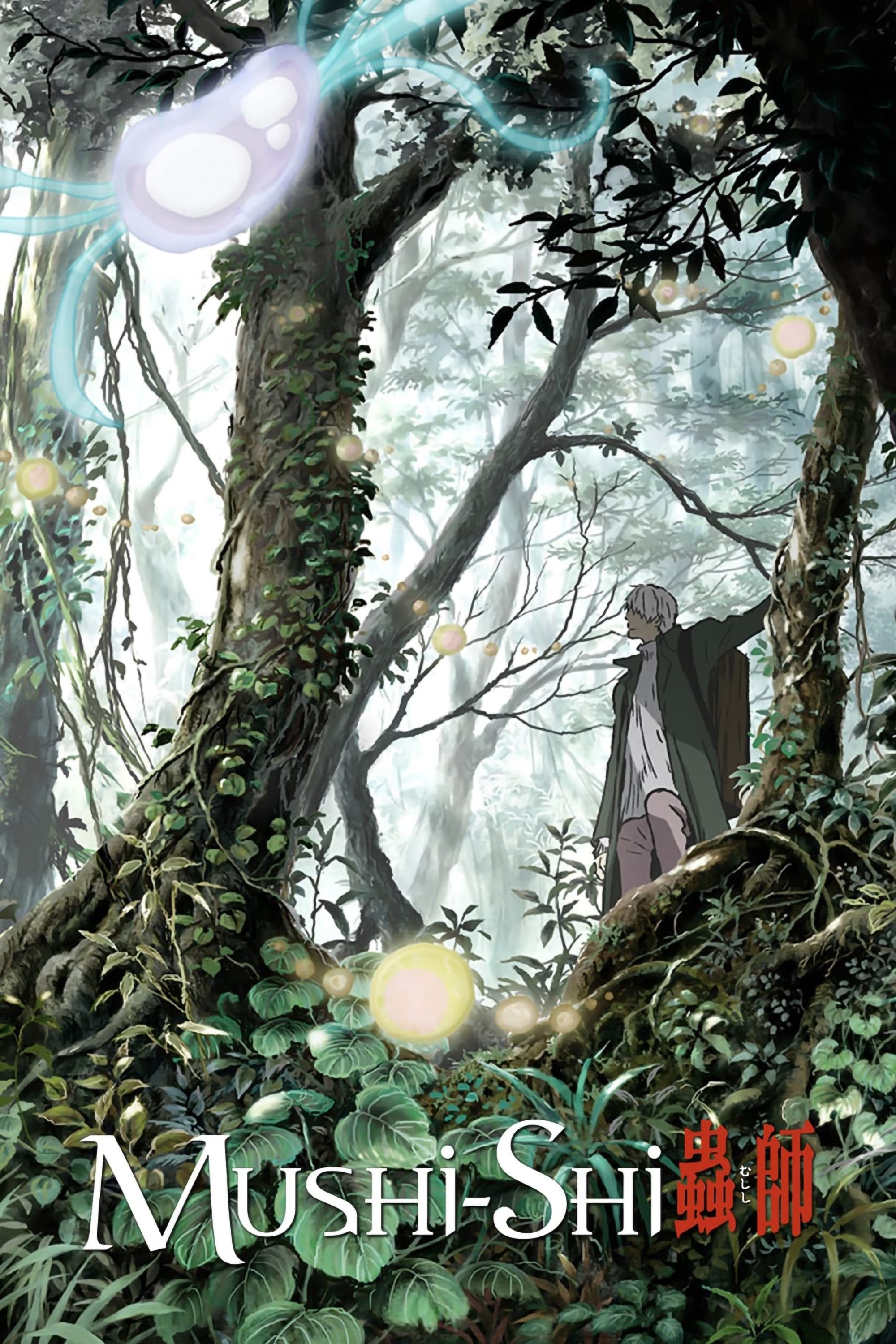
I’ve been completely captivated by this series, which is beautifully adapted from Yuki Urushibara’s manga. It follows Ginko, a fascinating character who dedicates his life to studying these mysterious, ancient lifeforms called Mushi – they’re like the hidden threads connecting us to the natural world. Over two seasons and several specials – a total of 46 episodes and OVAs – Artland and Studio Polygon Pictures crafted these incredible, self-contained stories. Each one feels like a little folktale, built on these intriguing, almost scientific rules, showing how things connect and subtly impact each other. It’s not a fast-paced show, but it slowly and naturally reveals how the unseen world around us truly shapes our everyday lives, and it’s just breathtaking.
‘Legend of the Galactic Heroes’ (1988–1997)
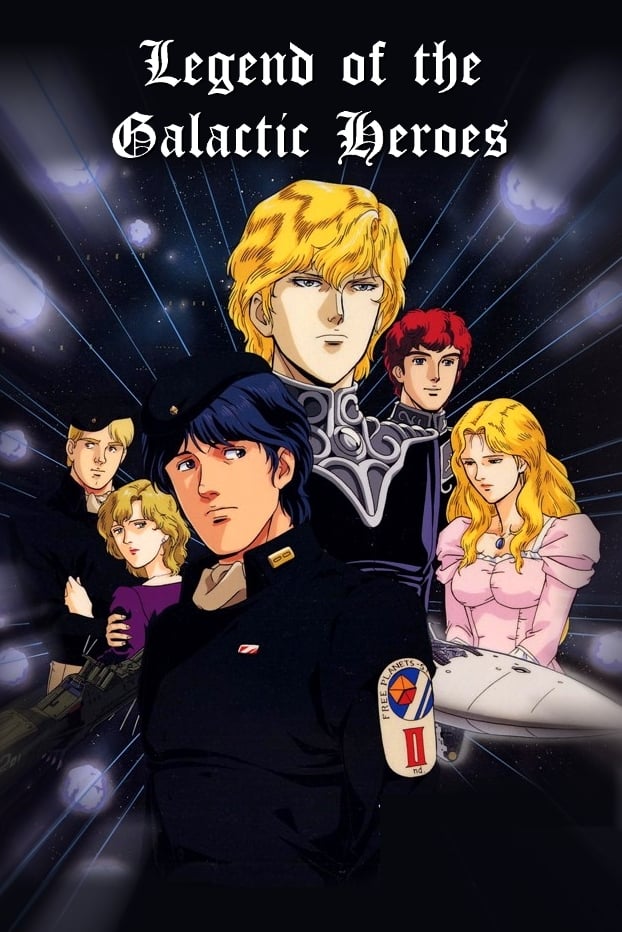
This extended animated series is based on Yoshiki Tanaka’s novels and tells a sweeping 110-episode story of war and politics. Produced by Kitty Film Mitaka Studio and Artland, it shows both large-scale battles and the political decisions behind them, focusing on details like military organization, supply lines, and the beliefs of two different galactic nations. The series gradually reveals strategies and changes through character backgrounds, smaller storylines, and narration that feels like a historical documentary. Additional side stories and episodes add even more depth to the history presented in the main plot.
‘Vinland Saga’ (2019–2023)
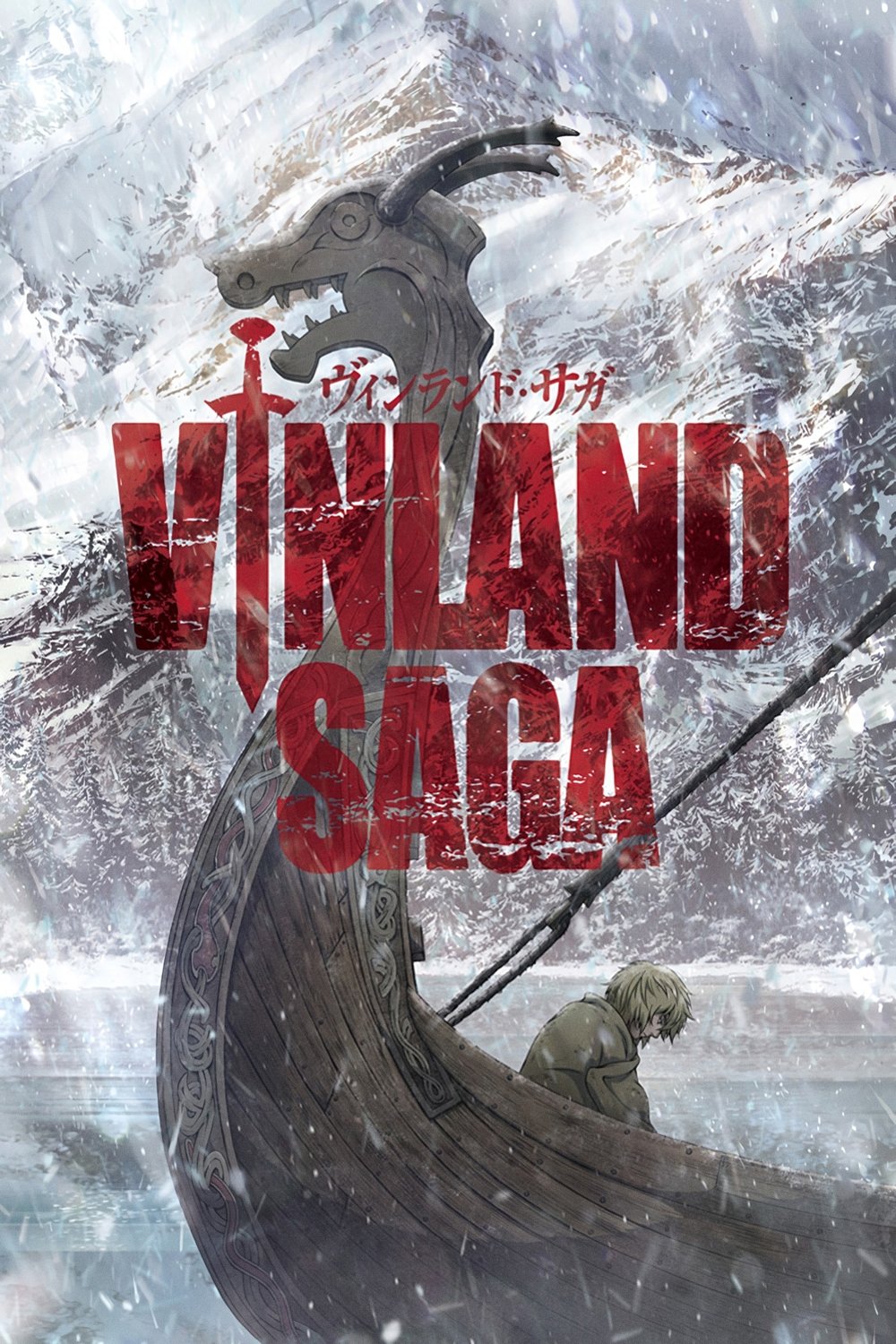
As a huge fan of historical epics, I was completely drawn into this series. It’s based on a fantastic manga, and the animation was split between Wit Studio for the first season and MAPPA for the second – both did incredible work bringing this world of Norse warriors to life. What really sets it apart is how it evolves; it starts with intense battles, but slowly shifts focus to things like farming, establishing laws, and exploring new lands, all as the main character grows and changes. It’s not just about action though – the show really dives into the details of everyday life, like negotiating treaties, making land deals, and seeing how the crew interacts on their journeys. The storytelling is masterful, with quieter moments subtly building up conflicts that explode later on. It’s a really thoughtful and engaging series that I highly recommend.
‘From the New World’ (2012–2013)
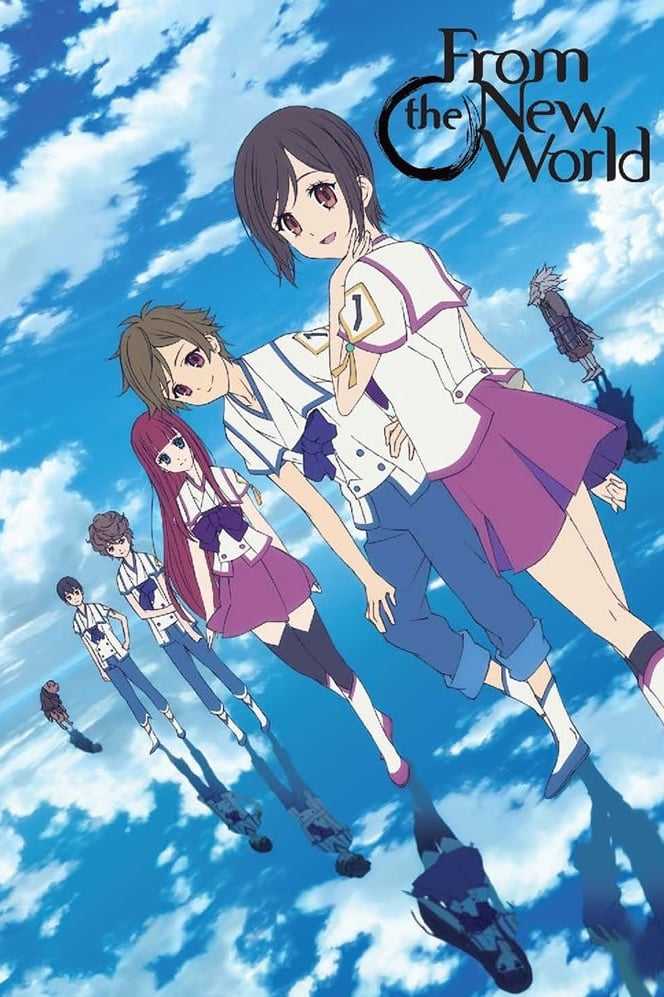
A-1 Pictures turned Yusuke Kishi’s novel into a 25-episode series set in a controlling, futuristic world where people have psychic powers. The story jumps through time, showing the characters at different ages – from their school days to uncovering hidden historical events. The show explains how society stays in power using things like rituals, old stories, and the natural world. Every new discovery changes how you see things that happened before, revealing how deliberate choices led to the world’s current state.
‘Haibane Renmei’ (2002)

This 13-episode anime, created by Yoshitoshi ABe and animated by Radix, centers on a community of winged people who live within the walls of a town governed by strict, ritualistic practices. The series slowly reveals how the town functions – its economy, rules, and traditions – through the everyday lives and work of its residents. Unique customs, like the ‘Day of Flight,’ are explained through personal stories, inherited knowledge, and word-of-mouth. The deliberate, unhurried pace emphasizes the practical aspects of life – homes, tools, and manners – which help viewers understand the town’s close-knit society.
‘Hyouka’ (2012)
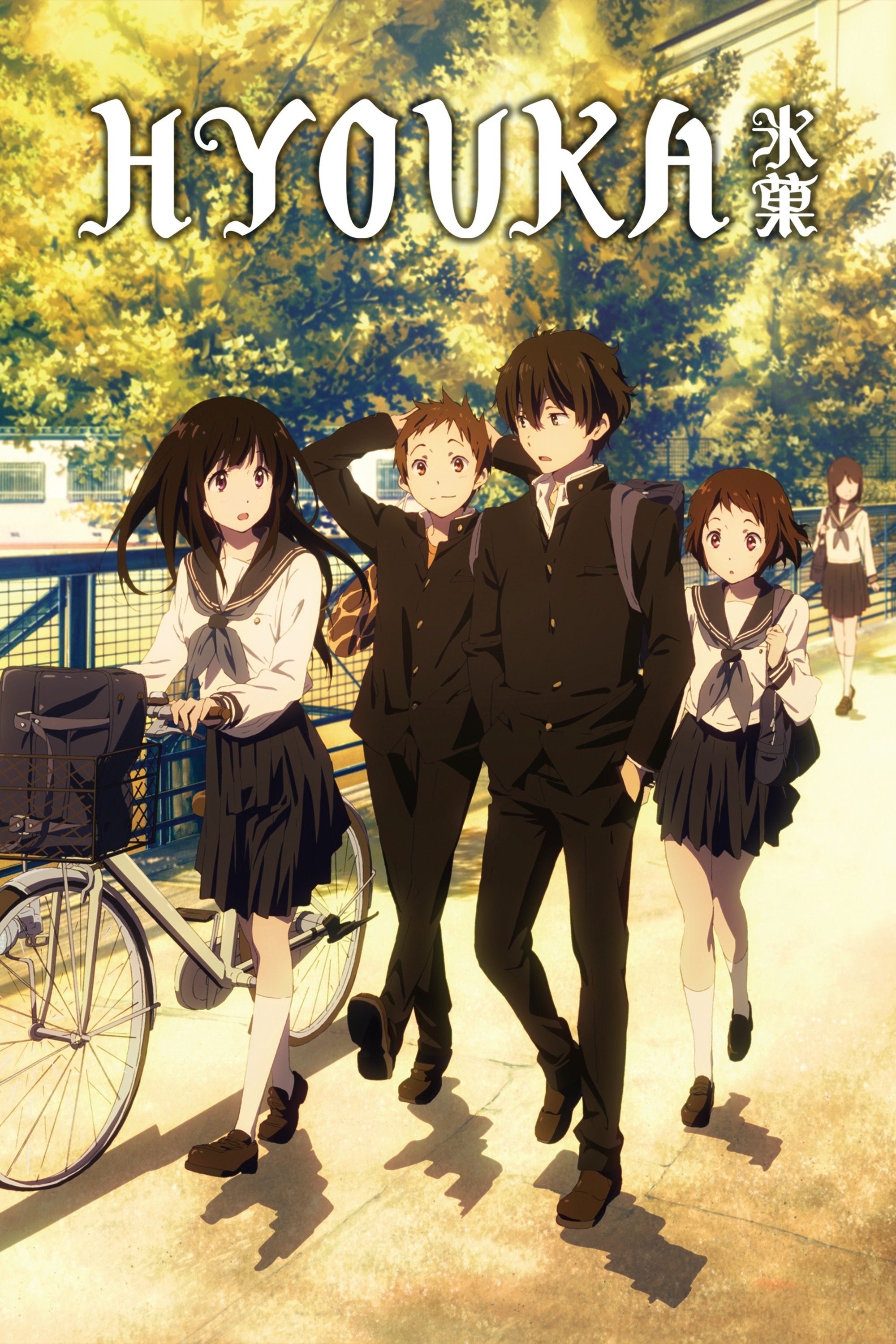
Kyoto Animation’s series, based on Honobu Yonezawa’s novels, presents school mysteries as if they were research assignments. The story follows a club that solves problems by examining old records, production details, and financial information – focusing on how things are organized and remembered. Instead of relying on characters suddenly revealing secrets, the answers come from studying films, collections of stories, and school paperwork. The show highlights how small pieces of information, when carefully examined and discussed, can build up to reveal the whole truth.
‘Planetes’ (2003–2004)
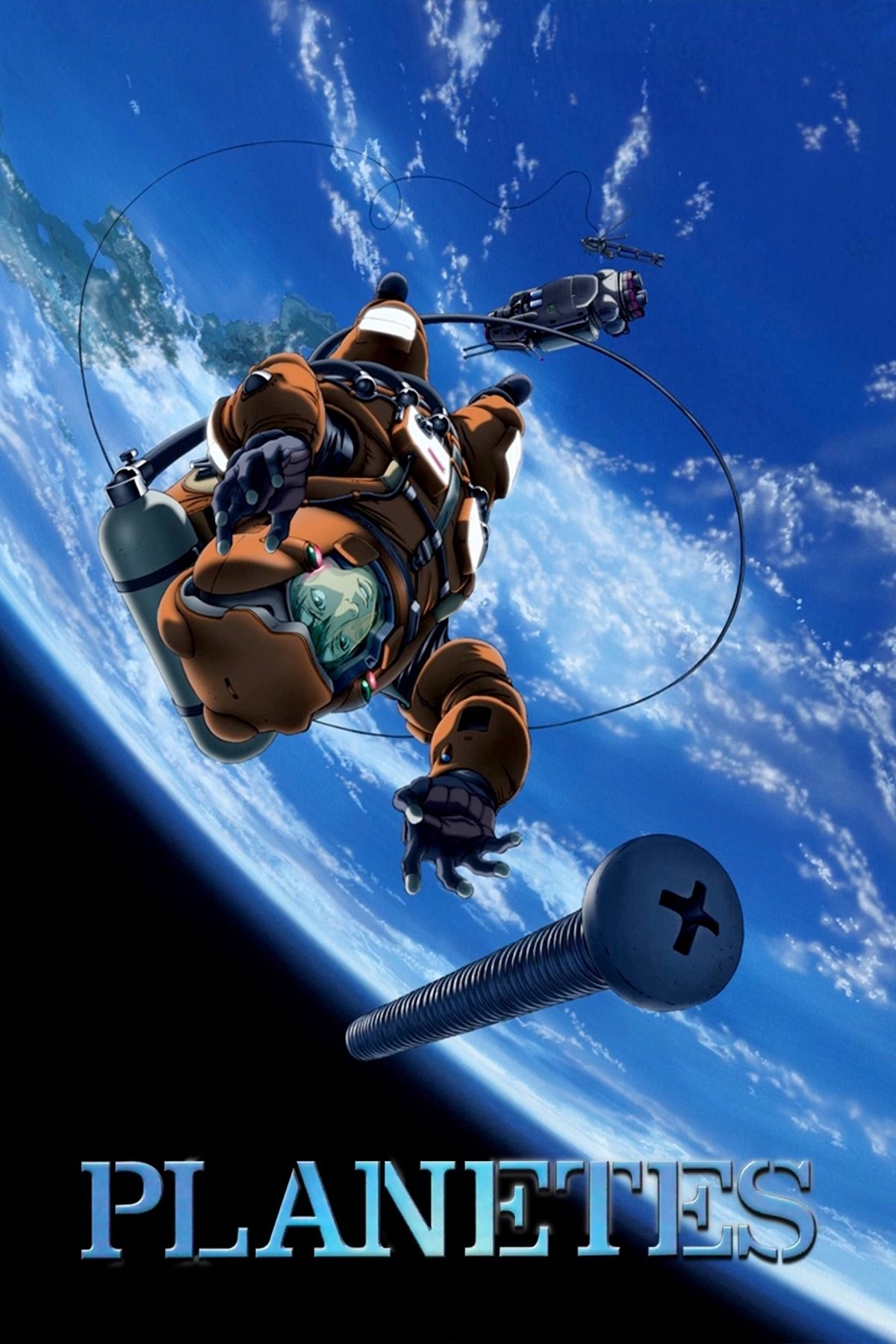
Sunrise turned Makoto Yukimura’s manga into a 26-episode show set in the near future, focusing on the lives of people who collect space junk. The series realistically portrays the details of working in space, including how companies operate, safety rules, and international laws. Many episodes show characters training, fixing equipment, and planning missions, which then become crucial during unexpected crises. The show also follows characters as they advance in their careers and explores the challenges of balancing personal ambitions with the realities of the space industry.
‘Kaiji’ (2007–2011)
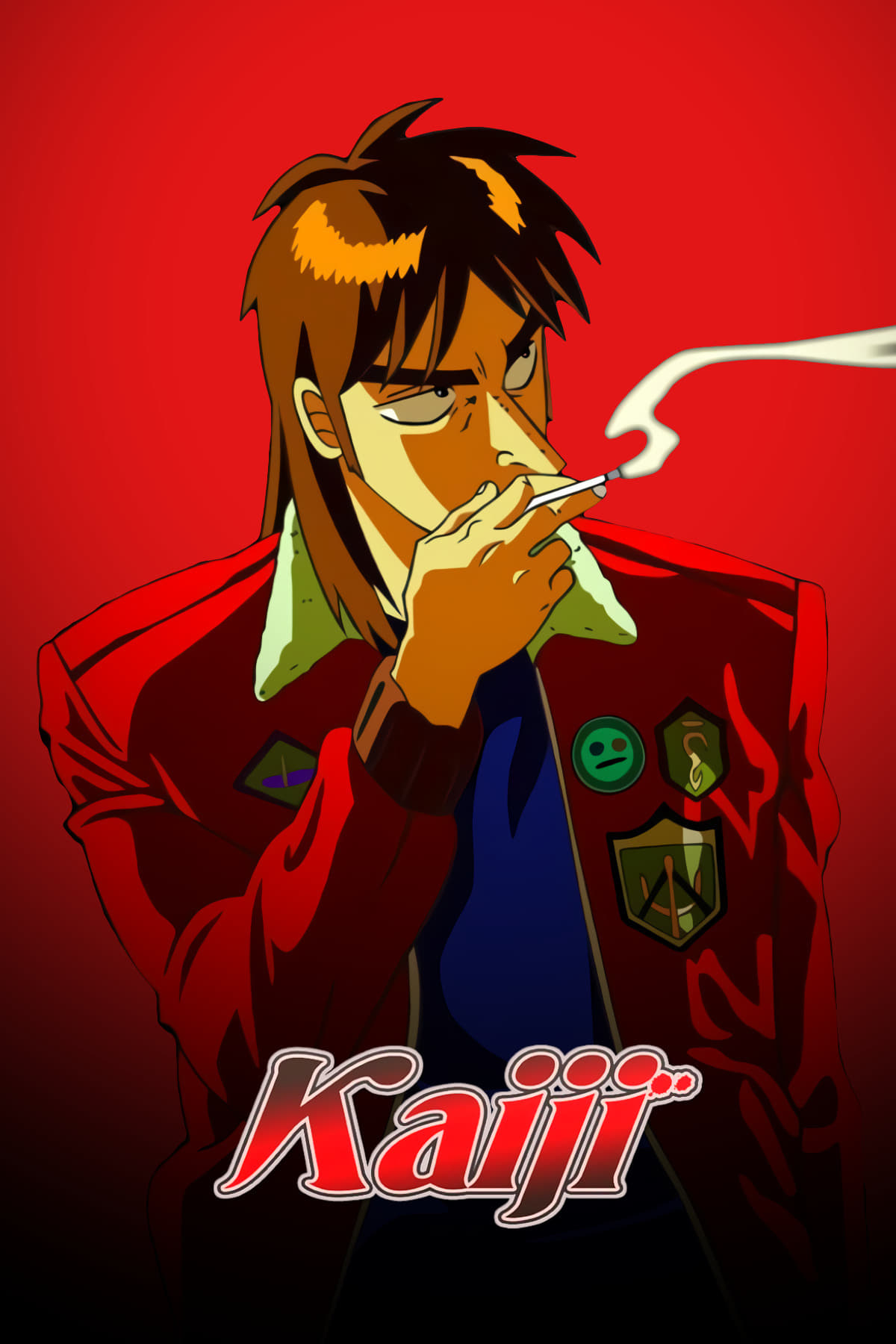
The anime series, based on Nobuyuki Fukumoto’s manga, consists of two seasons and 52 episodes centered around dangerous, high-stakes gambling orchestrated by criminals. Each game is shown in detail, with lengthy episodes dedicated to explaining the rules, hidden weaknesses, and how the players think. The show carefully follows the debts, risks, and resources involved as the characters form temporary partnerships and ultimately betray each other. Winning often depends on small pieces of information revealed much earlier in the story.
‘Showa Genroku Rakugo Shinju’ (2016–2017)
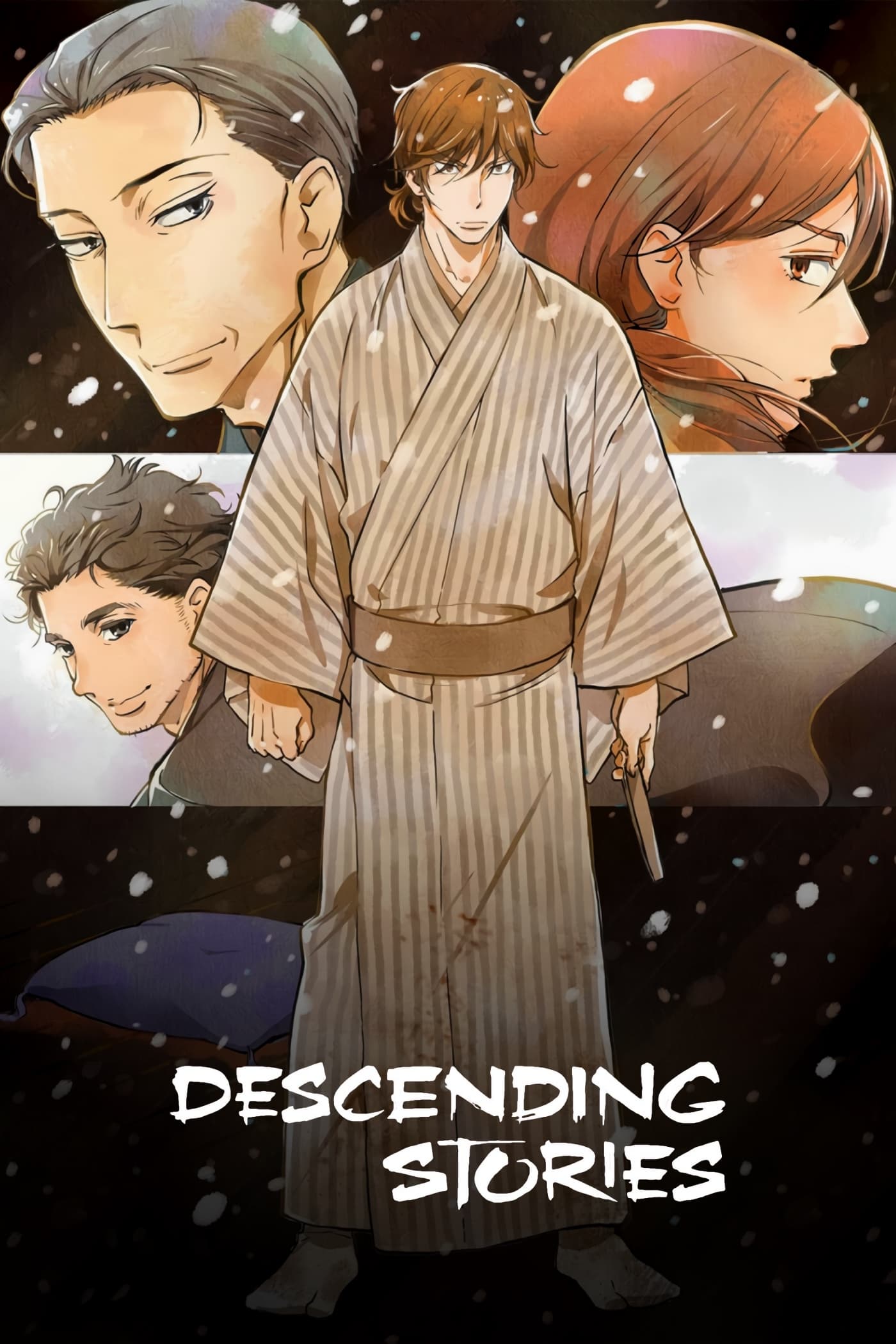
The anime series, created by Studio Deen and based on Haruko Kumota’s manga, tells the story of rakugo performers over many years. It shows how the traditional art form and its business changed by focusing on how performers learn, what they perform, and how their skills develop. Through flashbacks, the series explores themes like passing down a performer’s name, running a theater, and the challenges of performing in the age of television. The show cleverly reveals each character’s past through their performances and the choices they make in their careers.
‘March Comes in Like a Lion’ (2016–2018)
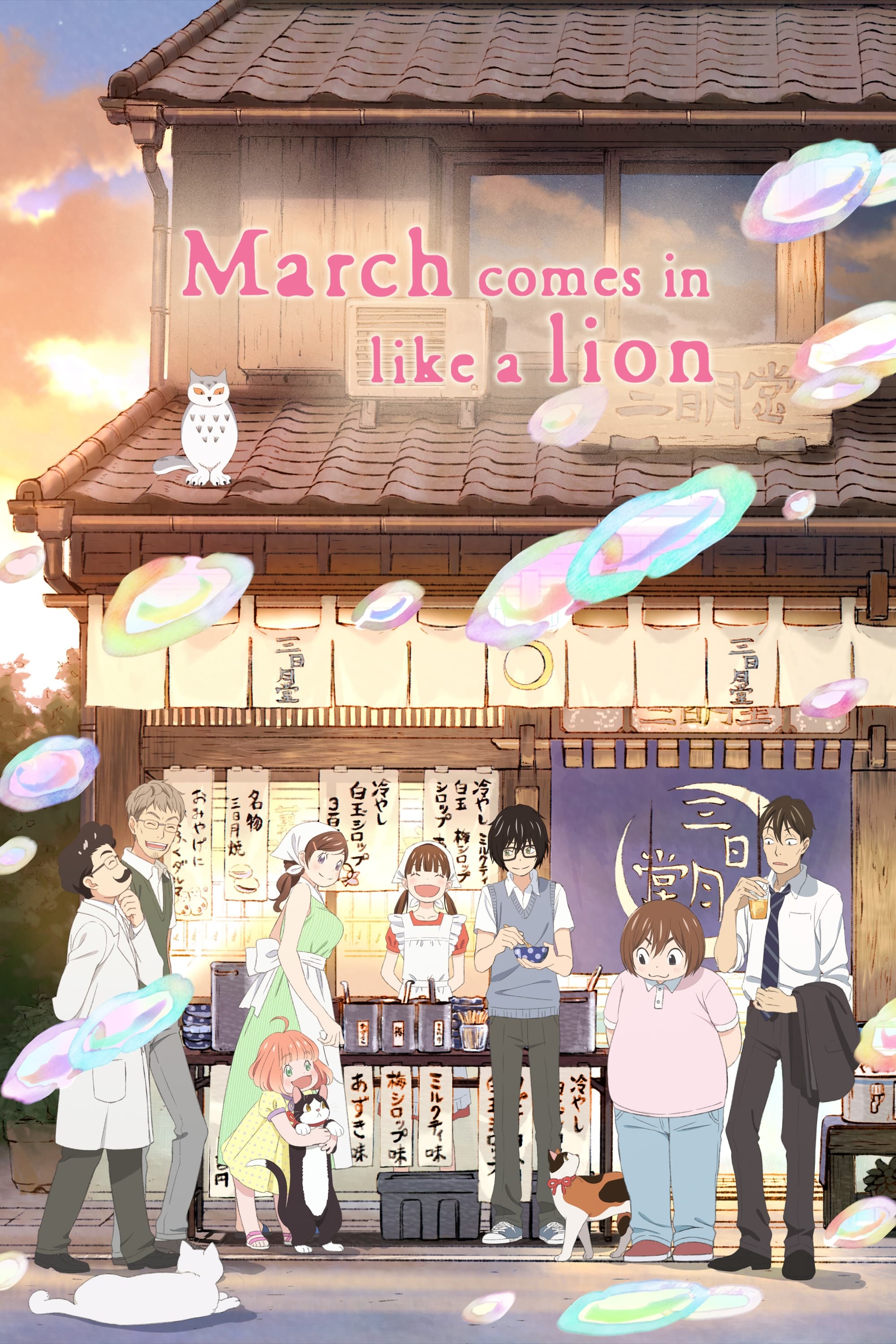
The anime series adapts a manga and tells the story of a young shogi player through 44 episodes. It focuses on his journey as he improves, showing both his matches and the training, ranking systems, and tournaments that shape his career. The show realistically portrays the balance between the intense strategy of shogi and the player’s everyday life, including school, support from friends and family, and maintaining his health. Major storylines follow his efforts to advance in rank, his schoolwork, and the important relationships with his mentors.
‘Serial Experiments Lain’ (1998)

The 13-part series ‘Wired,’ created by Chiaki J. Konaka and Yoshitoshi ABe, explores themes of identity and how we connect with each other. It presents a world where technology – including networks, hardware, and digital information – mixes with real life, making it hard to tell where one ends and the other begins. The story unfolds through data breaches, software updates, and modern legends, all of which subtly change the world around the characters. Throughout the series, the show builds a detailed picture of this technological and cultural landscape, which becomes increasingly important as the plot develops.
‘NANA’ (2006–2007)
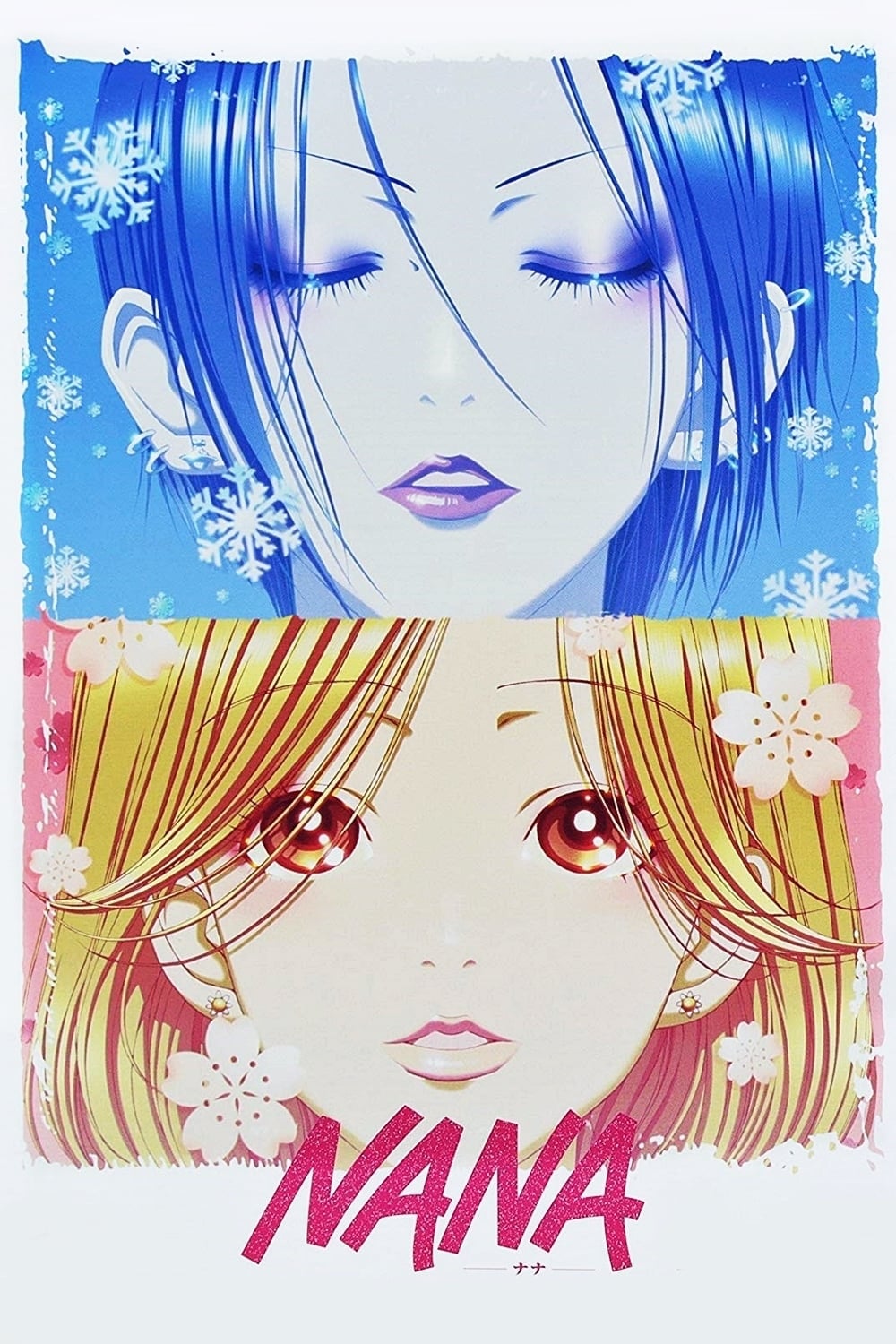
The drama series Madhouse is based on Ai Yazawa’s manga and follows the lives of two women named Nana as they pursue their music dreams and navigate relationships in Tokyo. The show realistically portrays the challenges of being in a band – from forming the group and dealing with record labels, to playing live shows and managing a busy schedule. It depicts the everyday realities of their lives, including finding apartments, working part-time jobs, and gaining media attention, all while showing how these pressures impact their individual paths. The stories of the characters intertwine through concerts, magazine appearances, and the details of their contracts, ultimately changing the direction of their lives.
‘Ergo Proxy’ (2006)
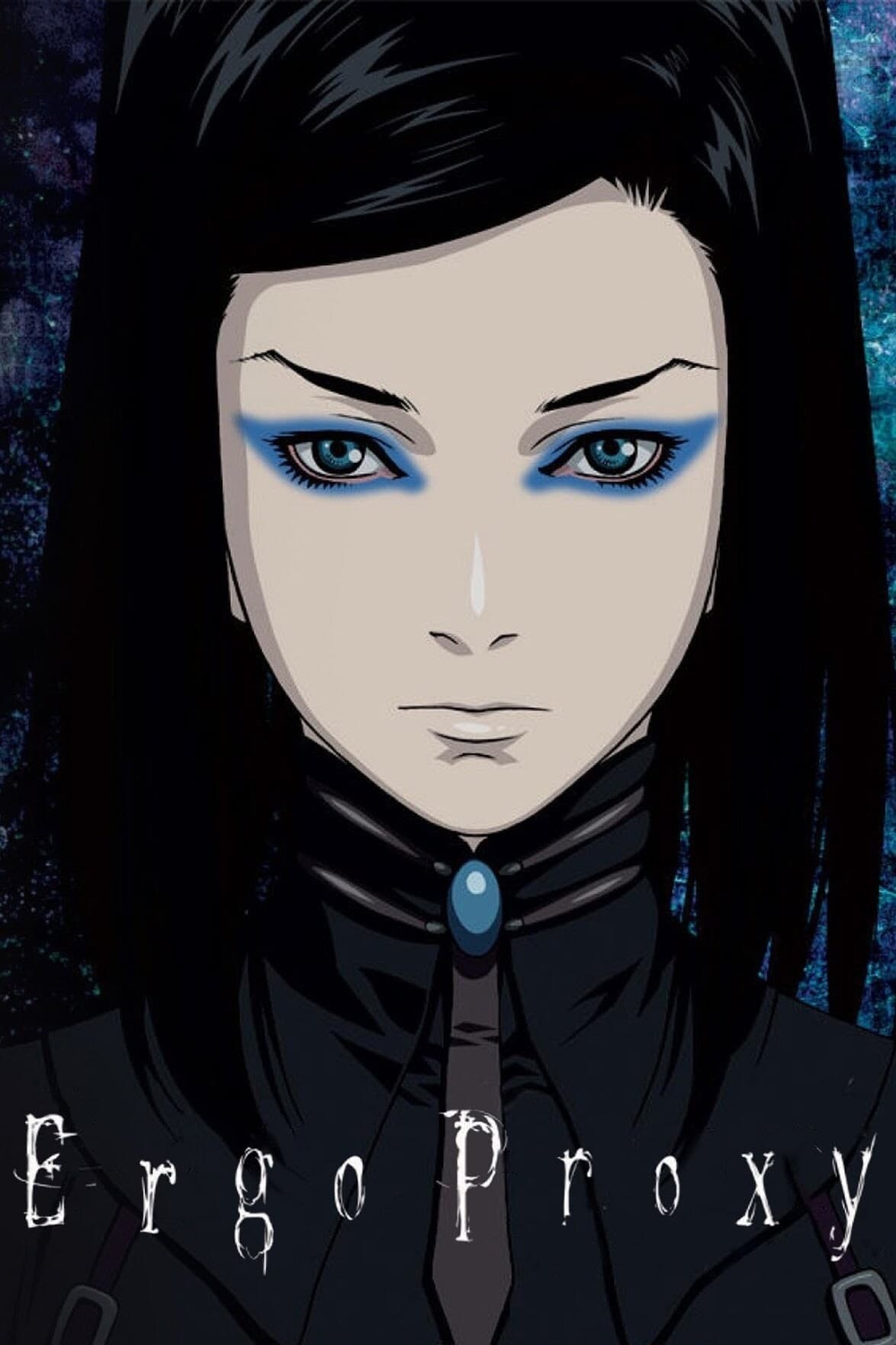
As a huge anime fan, I recently dove into Manglobe’s series, and it really blew me away. It’s a 23-episode ride that mixes deep philosophical questions with a cool cyberpunk setting. The story centers around people and androids living under this strict, domed-city government. What starts as a single investigation quickly expands – they use everything from crime scene details to official paperwork and travel records to build a bigger picture. You really get a sense of how the city works – the politics, how limited resources are, and even where people are coming from and going to. The show cleverly sets up its own rules through these recurring details and case files, and then loves to throw curveballs at you, making everything unpredictable. It’s a really smart and engaging series!
‘Texhnolyze’ (2003)
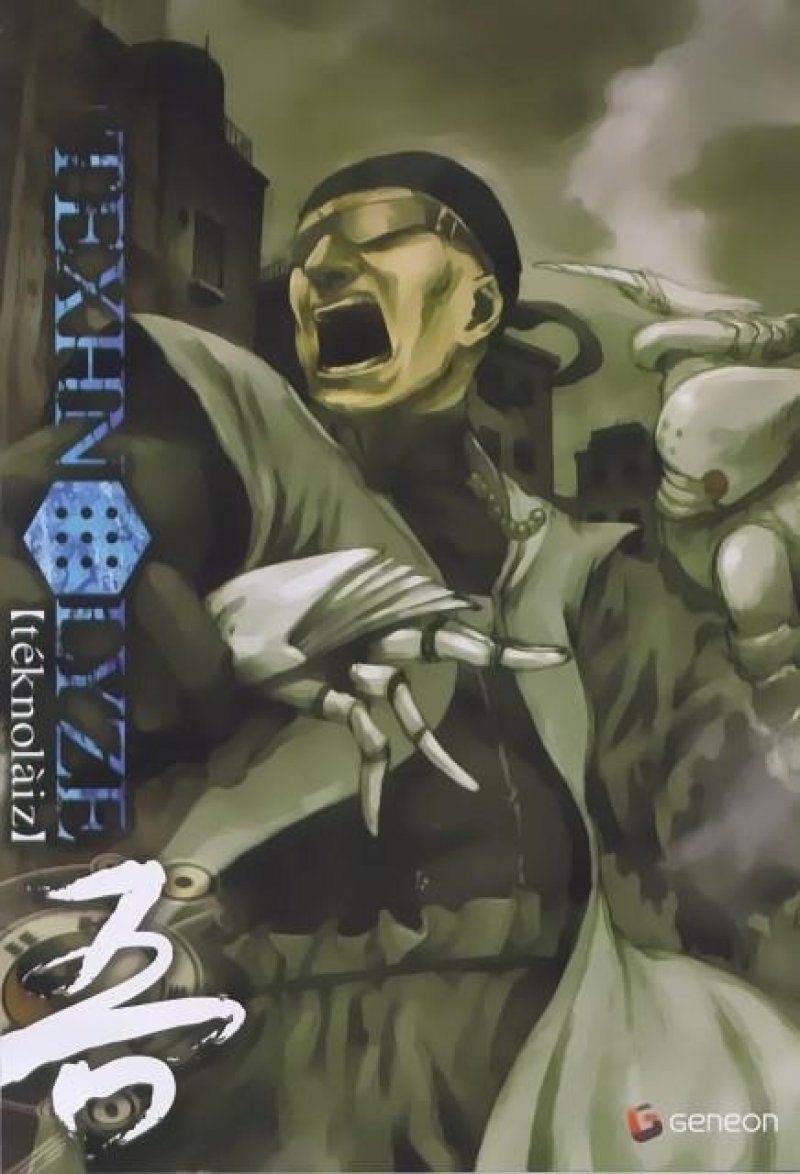
This 22-episode anime, created by Yoshitoshi ABe and animated by Madhouse, is set in an underground city divided by competing groups and heavily reliant on bio-mechanical enhancements. The series follows how control of resources, black market activity, and medical research affect the city’s power dynamics. The story unfolds through political meetings, deliveries, and official announcements, charting changes in territory and shifting alliances. Small improvements in technology and supply lines gradually build up, ultimately leading to major conflicts and changes in the city.
Let us know your favorite shows that start slow but eventually become captivating! Tell us which episodes were the turning point for you – when you were finally fully invested.
Read More
- Fed’s Rate Stasis and Crypto’s Unseen Dance
- Blake Lively-Justin Baldoni’s Deposition Postponed to THIS Date Amid Ongoing Legal Battle, Here’s Why
- Dogecoin’s Decline and the Fed’s Shadow
- Ridley Scott Reveals He Turned Down $20 Million to Direct TERMINATOR 3
- Baby Steps tips you need to know
- Global-e Online: A Portfolio Manager’s Take on Tariffs and Triumphs
- The VIX Drop: A Contrarian’s Guide to Market Myths
- Top 10 Coolest Things About Indiana Jones
- Northside Capital’s Great EOG Fire Sale: $6.1M Goes Poof!
- A Most Advantageous ETF Alliance: A Prospect for 2026
2025-10-26 18:19